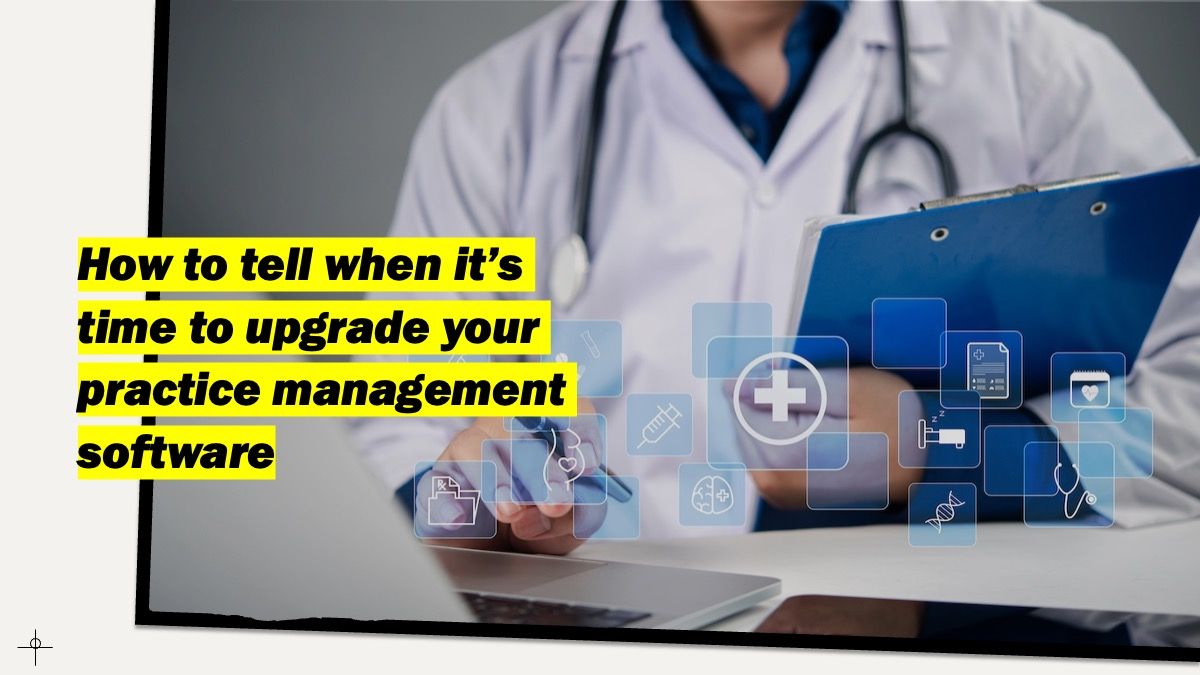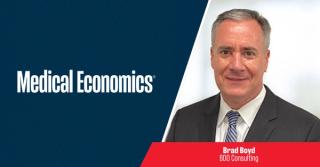
Practice Technology
Latest News
Latest Videos

CME Content
More News

GE HealthCare leads in FDA AI-enabled medical device authorizations, showcasing innovation in imaging and diagnostics to enhance patient care and streamline workflows.

Even administrative use of artificial intelligence lowers perceived empathy, trust and competence, according to new research.
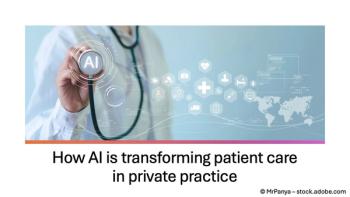
From ambient transcription to smart scheduling, AI is helping doctors cut costs, save time and improve care. Here’s where it’s making the biggest difference — and what to consider before you invest.
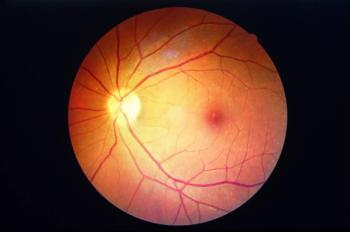
AI-driven retina tracker advances diabetic retinopathy detection, enabling rapid, accurate screenings and expanding access to eye care globally.
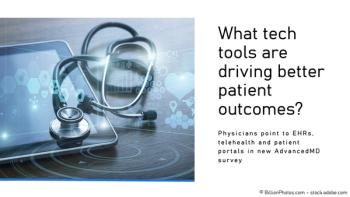
Independent practices say EHRs lead the way — but telehealth, patient portals and analytics tools are driving measurable results, especially in mental health care.
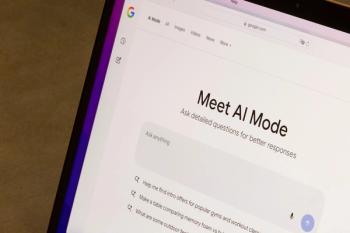
U.S. adults tend to trust AI-generated answers to their health queries — but they’d prefer their physician not use AI tools.

Flatiron Health leverages AI to extract cancer progression data from EHRs, enhancing oncology research and patient care through advanced data analysis.

Prior authorizations are a major burden for practices. How can AI and other technology help physicians in the fight?

Prior authorizations are a major burden for practices. How can AI and other technology help physicians in the fight?
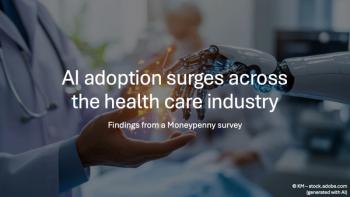
New Moneypenny survey shows two-thirds of health care organizations are now using or exploring AI, but concerns over data security, implementation and patient experience remain.
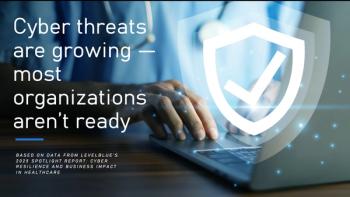
A new survey of health care executives shows most organizations are underprepared for AI-powered cyberattacks and blind to software supply chain vulnerabilities — even as breaches and business impacts rise.
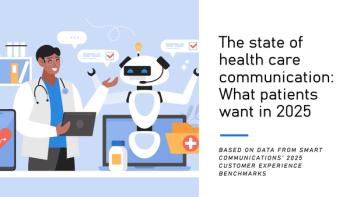
A new survey reveals growing demand for clear, digital-first communication — and rising frustration with outdated forms, inconsistent channels and clunky omnichannel experiences.

A new ModMed survey finds most patients support AI in the exam room, but only for tasks that reduce screen time and build human connection.
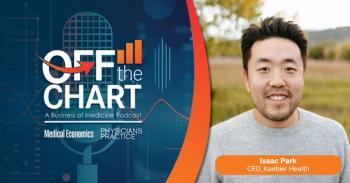
Isaac Park, CEO of Keebler Health, joins the show to talk agentic AI and how it can be used in health care.

A new perspective piece calls on health systems to stop hoarding data and start using it to improve care.
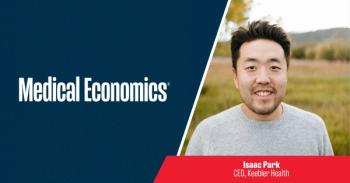
Agentic AI comes with a lot of hype, but what can it really do for physicians?
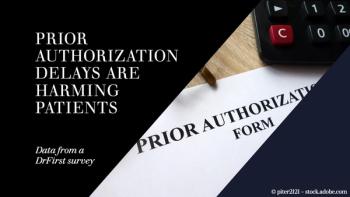
Survey data show that delays, denials and added steps tied to prior authorization are worsening patient outcomes and creating frustration — but AI may help streamline the process.

MIT researchers find that large language models may shortchange women and vulnerable patients based on how clinical inquiries are typed.
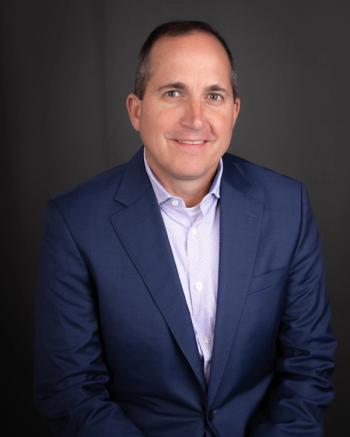
Because of their semi-regular touchpoints with patients, physicians play a critical role in making patients aware of supportive care options, helping them access tools and services they might not otherwise know are available.
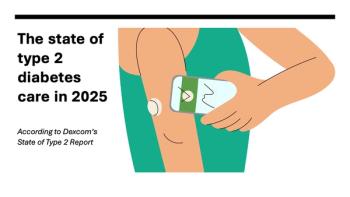
New national data reveal that physicians rank continuous glucose monitoring as the top intervention for managing type 2 diabetes — but coverage, education and adoption gaps remain.

Agentic AI comes with a lot of hype, but what can it really do for physicians?

A new study from Brazil suggests machine learning may ease referral overload and reduce unnecessary specialist visits — but not without caveats.

Migrating EHR systems to the cloud enhances health care efficiency, security, and cost savings while navigating the complexities of transition.

Agentic AI comes with a lot of hype, but what can it really do for physicians?

Agentic AI comes with a lot of hype, but what can it really do for physicians?





